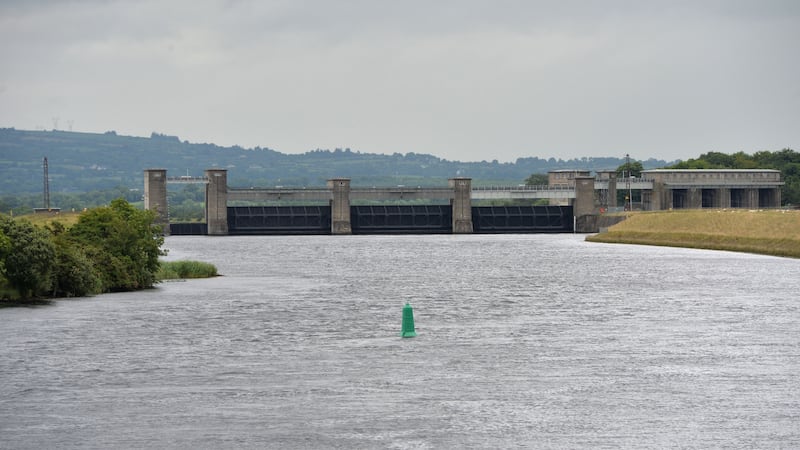An Taisce has expressed concern about the impact of drone use on Skellig Michael's seasonal puffin population during filming of a documentary on the Unesco world heritage site.
The Department of Culture, Heritage and the Gaeltacht confirmed that “limited filming” of a wildlife documentary would take place on the Skelligs off the Kerry coast in June, using a drone, but said it would be “strictly supervised”.
An Taisce advocacy officer Ian Lumley said he has no objection in principle to the documentary but questioned the use of a drone for close camera work when puffins and other birdlife are nesting on the islands.
He has called on the department to introduce “strict protocols” on drone use.
Atlantic puffins are listed as an endangered species in Europe, and are "globally threatened with extinction", according to Birdlife International's latest Status of the World's Birds report.
The long transatlantic migration undertaken by puffins to and from Irish islands sometimes leaves them too exhausted to breed, according to work published last year by scientists from University College Cork (UCC) and Oxford University.
Human disturbance
Study co-author Dr Mark Jessopp, who is with UCC's MAREI Centre for Marine and Renewable Energy, noted that while puffins on Skellig Michael are used to a certain amount of human disturbance, the large-scale intrusion caused by film crews using helicopters and drones for Star Wars on the Unesco world heritage site "would not help".
Birdwatch Ireland and experts in heritage and archaeology had criticised the initial decision to permit filming for Star Wars on Skellig Michael in 2014 and again in 2015. The islands were used briefly in The Force Awakens and more substantially in The Last Jedi.
Last December, An Taisce called on Minister for Culture Josepha Madigan to undertake an independent review of the impact of filming, and called for a moratorium on further commercial filming there.
It said that the monastic site's Unesco world heritage status had already been affected by the environmental impact of the Disney Lucasfilm work,and said that a "cultural rebranding" by State tourism bodies posed an even "bigger threat" with consequent pressure to increase visitor permits to "unsustainable levels".
Permit system
Visits on a permit system are meant to be capped at 11,100 annually under a State plan agreed with Unesco, but have increased since the first related Star Wars episode to more than 14,000 in 2016 and 16,000 in 2017, in spite of periods of bad weather.
The Department of Culture said that the latest proposal to film a wildlife documentary on the Skelligs had been examined for “any potential impacts on seabird and other wildlife” by the National Parks and Wildlife Service (NPWS).
It said the Office of Public Works (OPW) and National Monuments Service had been consulted in relation to impact on cultural heritage.
The department said that filming with a drone would be limited to an “aggregate” of two hours, and “no helicopters whatsoever will be used”.
It said the material gathered in the documentary would “assist greatly in our understanding and education about the wildlife on the island”, and the work would be subject to “strict supervision” and the “agreement” of both NPWS and OPW staff.













